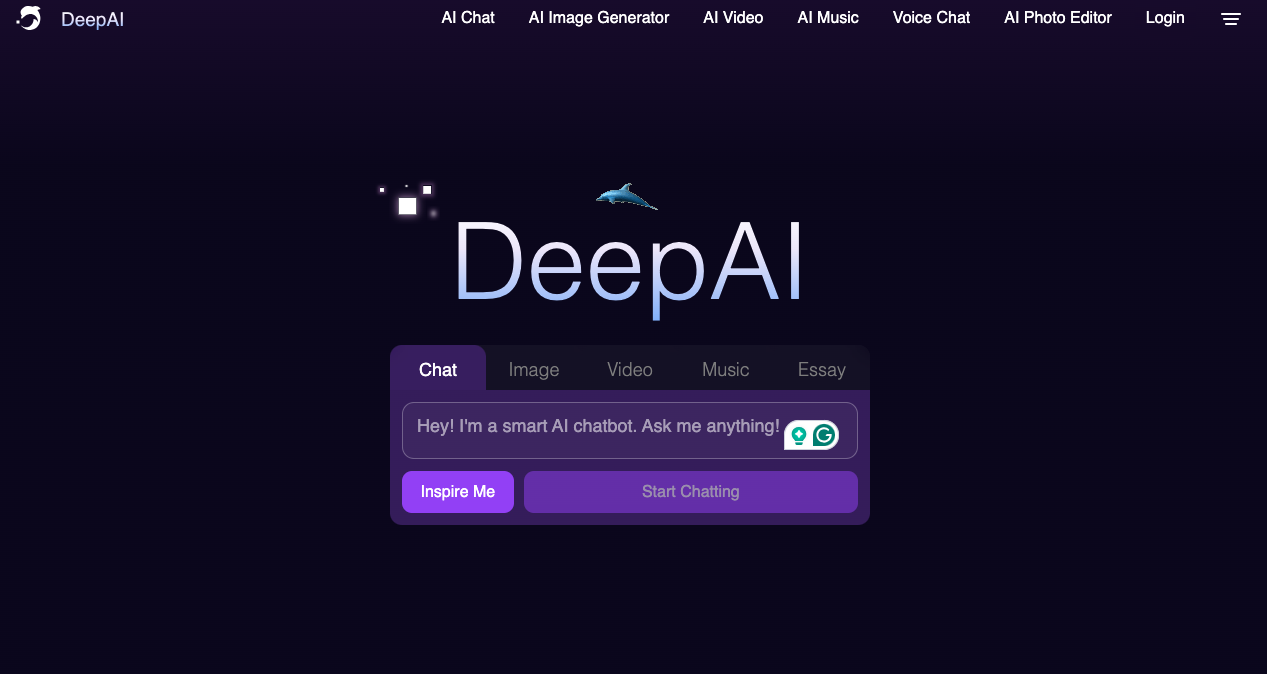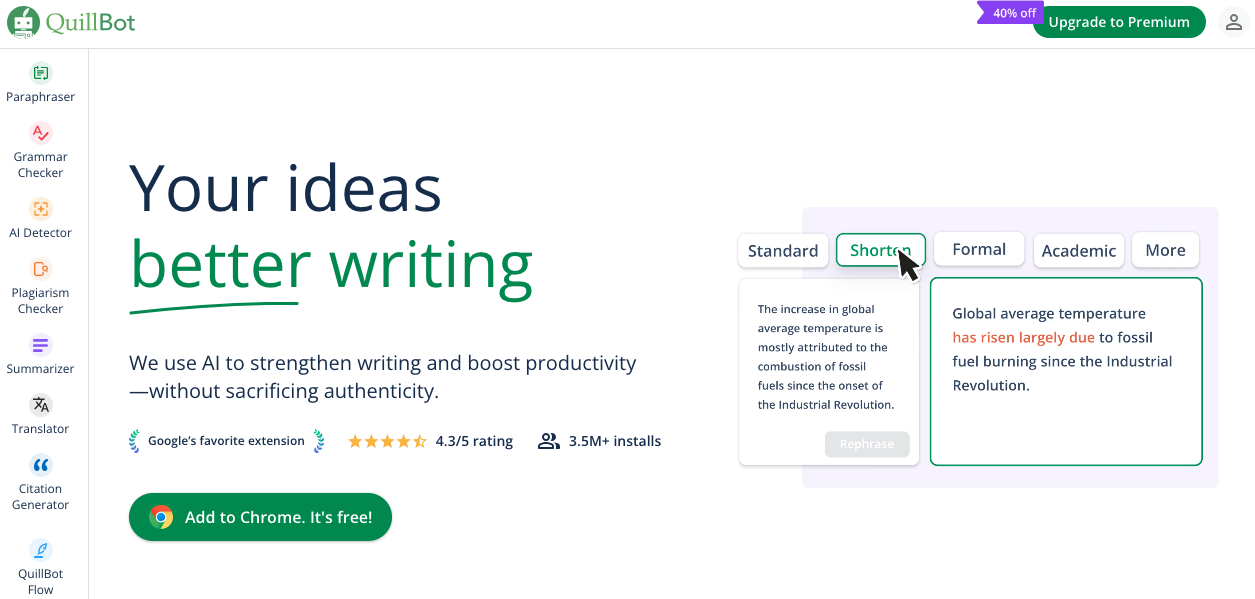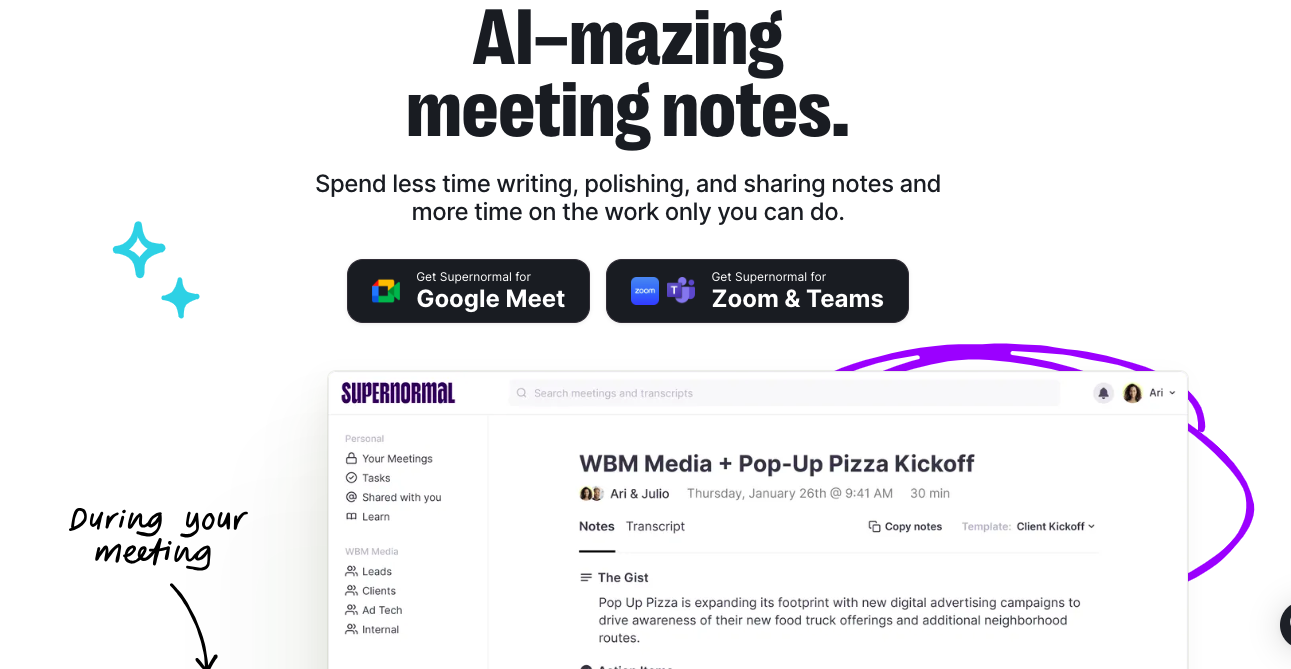Top Text Processing AI Tools
Text processing, integral to many AI applications, involves analyzing text data for insights and task automation. These tools are vital in managing the vast amounts of textual data generated in today's data-driven world. They clean and organize data, unlock insights, automate tasks, and improve decision-making by identifying trends and patterns in documents, emails, and social media.
A wide range of text processing tools cater to different needs. Here are some popular examples:
- Regular Expressions: These powerful tools manipulate text based on defined patterns. They are vital for tasks like data cleaning, text extraction, and text validation.
- Text Cleaning and Normalization: Tools address inconsistencies in text data, such as converting uppercase to lowercase or removing punctuation, ensuring consistency for further analysis.
- Text Analysis Libraries: Libraries like NLTK (Python) and spaCy (Python) offer functionalities for tasks like tokenization, stemming, and lemmatization.
- Named Entity Recognition (NER): NER tools identify and categorize named entities within text, such as people, organizations, locations, and dates. This is crucial for information extraction tasks.
- Text Summarization: Tools automatically generate summaries of lengthy documents, saving professionals valuable time and allowing them to grasp key points quickly.
Text-processing tools will become more advanced as AI develops, particularly in Natural Language Understanding (NLU), allowing for deeper analysis. These tools will integrate with AI functions like machine translation and sentiment analysis, enabling a comprehensive understanding of text data. Their use will improve efficiency and data-driven decision-making, transforming how we work.









